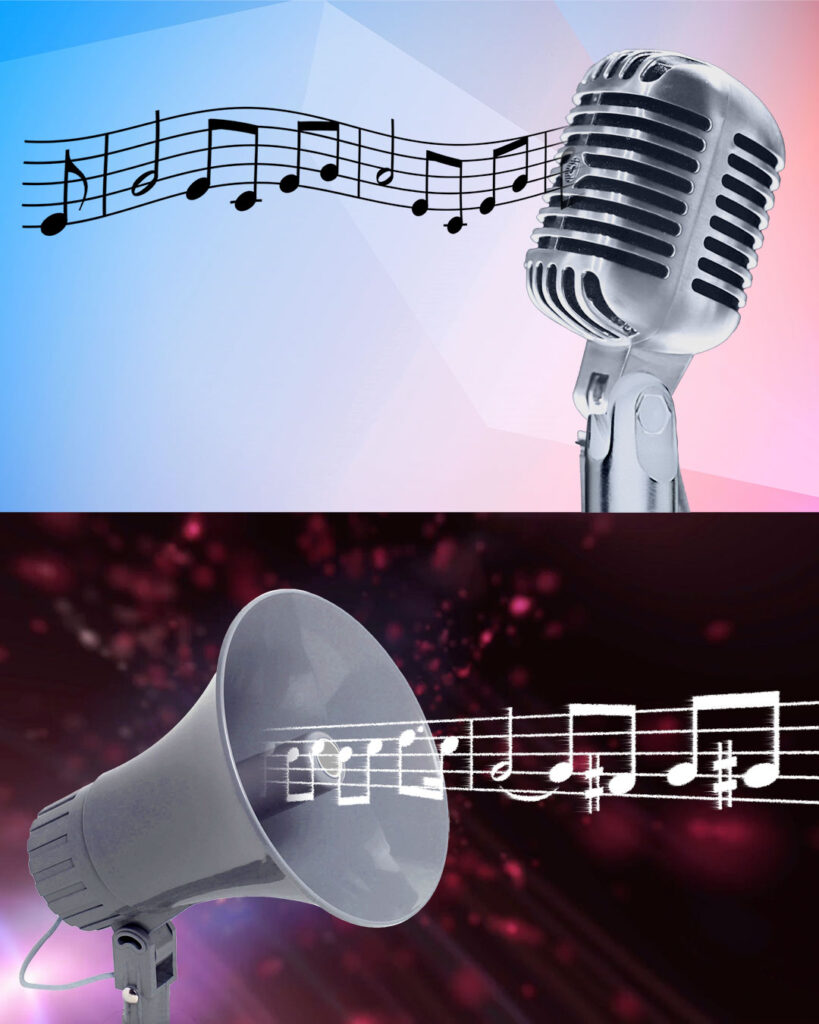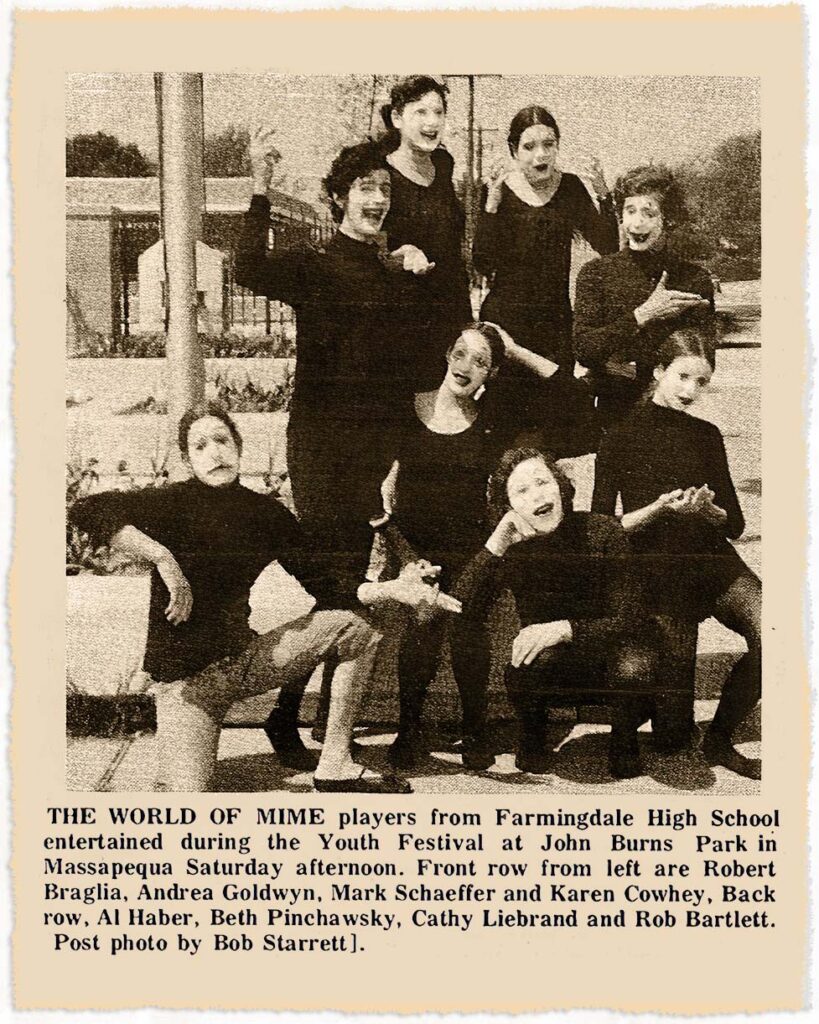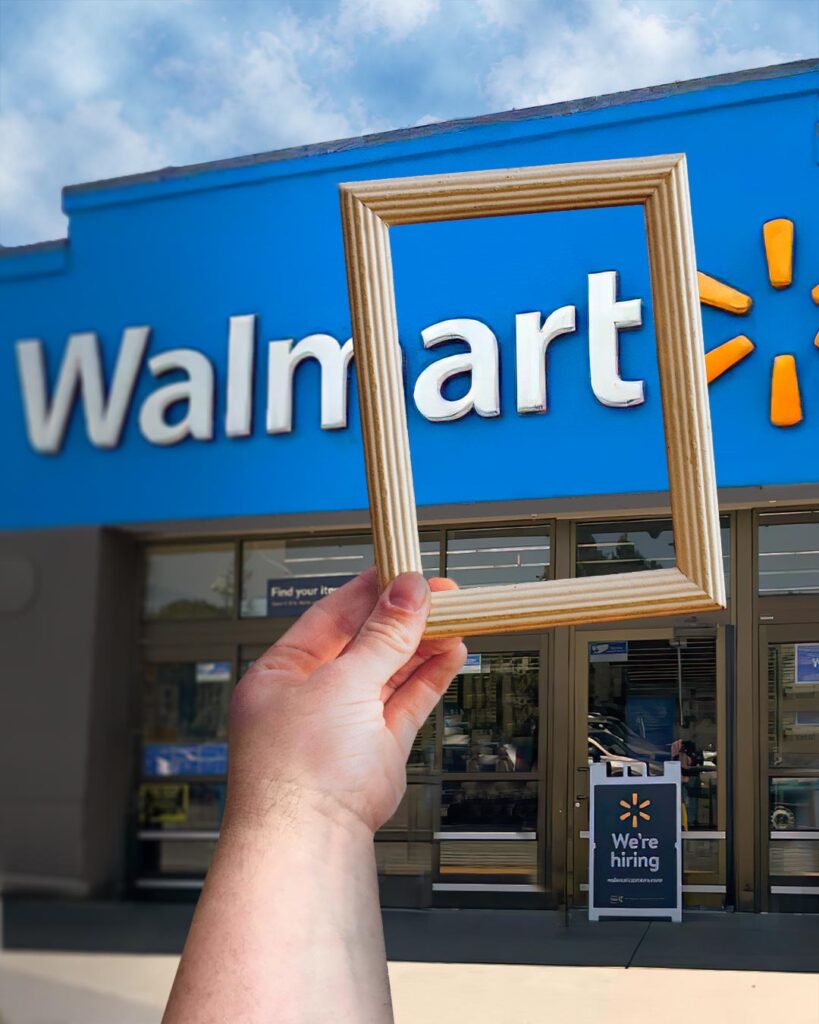The first Broadway show I ever saw was “Hello, Dolly!,” which had recently been recast with Pearl Bailey and Cab Calloway in the lead roles.1 It’s hard to recapture how thrilling it was to experience a fully staged musical for the first time. The sets! The lighting! The costumes! Singing and dancing! A live orchestra! I was totally transported.
Well, almost totally transported. There was something weird about Pearl Bailey’s voice. At first I thought that she was lip-syncing to a recording. She was, in fact, performing live, but she had apparently been fitted out with a primitive wireless microphone hidden in her costume, and her voice seemed to be coming from everywhere but her mouth. Her audio was piped through a set of loudspeakers flanking the proscenium, producing an effect similar to hearing the principal give a speech at a school assembly.
What I had witnessed was the early encroachment of amplification into stage performances. Nowadays, every performer in a Broadway show is miked, and there’s little effort made to hide the headsets and transmitters. Shows have sound designers, and audio technology has improved, so there’s no longer any “Hello, Dolly!”-style artificiality. In fact, I’m sure that most people don’t notice the amplification, or if they do, don’t mind it. Perhaps they even appreciate it, since it makes every performance sound as smooth and balanced as the cast recording they can buy in the lobby.
But something has been lost in the process — the raw immediacy of the live performance. In what sense is the performance “live” if what the audience hears is not the sound coming directly from an actor’s mouth, but instead an artificially mediated facsimile? The actor’s voice is being converted to electric signals, amplified, processed electronically in any number of ways (volume, tone, reverb), mixed with the output of the orchestra and the other actors’ voices, and pumped through speakers that are nowhere near where the actor is. (In fact, one of the sound designer’s jobs is to make the voice appear to be coming directly from the actor’s mouth, even though it isn’t.) Add to that the fact that every note is precisely timed — the orchestra is almost always playing along with a metronome-like recording called a click track — and what you have is a performance that might as well have been prerecorded.
In fact, in some cases it is prerecorded. It took me a while to realize it, but the musicals I’ve seen on cruise ships are performed almost entirely to digital tracks. The only voices that are live are those of the male and female leads. None of the other performers are miked, and the voices we’re hearing are not necessarily those of the people we’re seeing onstage. The fact that none of this was immediately apparent — that the experience of hearing canned performances is pretty much indistinguishable from hearing live ones — is less a compliment to the quality of the recordings than it is a knock on what we’re now willing to settle for when we go to the theater.
I must admit that the introduction of amplification has brought some advantages. For one thing, it has greatly expanded the range of styles that are considered suitable for a musical. Songs no longer have to be belted, Ethel Merman-style, or loaded with vibrato; they can be crooned, or whispered, or rapped. The type of rock-and-roll musical that Andrew Lloyd Weber pioneered with “Jesus Christ Superstar” wouldn’t have been possible without amplification both of voices and instruments. I’d hate to have to sacrifice “Hamilton” on the grounds that it’s technologically impure.
I’ll even grant that amplification has made the experience of the audience more equitable. Very few theaters have perfect acoustics; there are always going to be some seats from which actors’ voices can be heard better than from others. Modern audio technology allows everyone in the theater to hear pretty much the same thing. Not to mention that — as I can tell you from personal experience — having a mic makes the actor’s job much easier. I don’t blame Pearl Bailey for wanting to have that advantage.
Still, I can’t help but lament what’s been lost. There’s something qualitatively different about hearing sound waves that come directly from the vibrations of human vocal cords or a musical instrument. It’s an experience that we rarely have anymore outside of an opera house or a symphony hall.
For the past ten years, I’ve been working to preserve that experience by holding acoustic concerts in my living room. (I’ve had to suspend them since the COVID-19 outbreak, but hope I can bring them back when it’s over.) The concerts are obviously on a much smaller scale than Broadway musicals — the performers are folk musicians, jazz ensembles, ragtime pianists, classical duos and trios, a cappella groups, and the like — but they all have one thing in common: no amplification and no electric instruments. It’s an opportunity to hear music the way it’s meant to be heard.
My wife tells me that I’m the only one who cares about the no-amplification rule — that people come to these concerts because they like the musicians I book, not because they get to hear them unmiked. That’s probably true. But if nothing else, I’m exposing people to the now-revolutionary idea that music doesn’t have to be linked to audio engineering. Sometimes it’s just enough to put musicians and listeners in a room together, and let the sound waves propagate.



Recent Comments